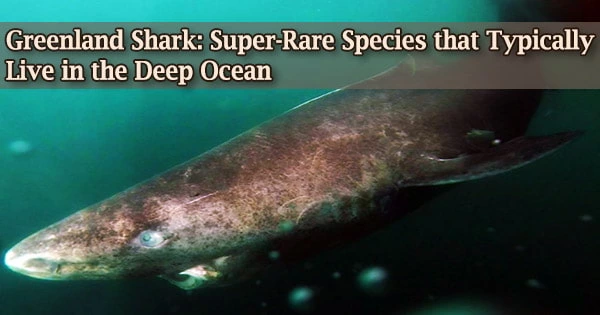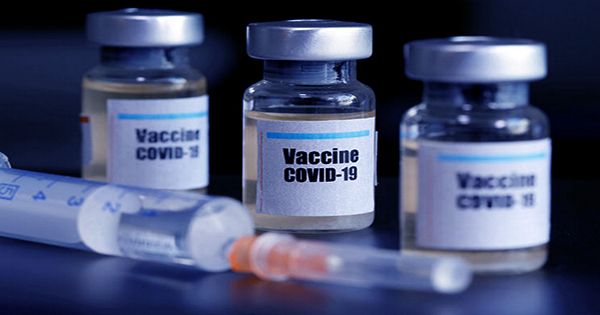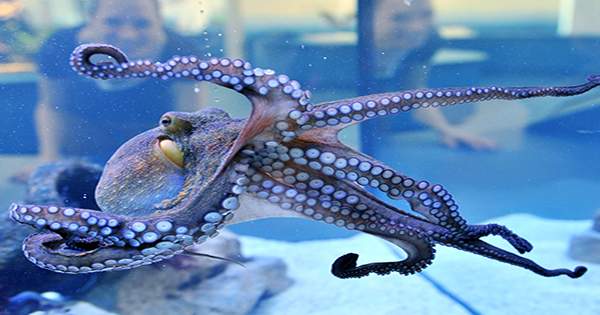“The experiment turned out well. In his 1936 study Artificial Production of the Fabulous Unicorn: A Modern Interpretation of an Ancient Myth, biologist Dr. W. Franklin Dove observed that an animal that was then two and a half years old “bears upon the forehead the stamp of the once fabulous unicorn.” The effort to construct these legendary creatures has given rise to very real—and extremely bizarre—experiments, despite the fact that this Frankenstein-like statement sounds like it belongs in science fiction or fantasy.
Dr. Dove’s research examined the horn buds of newborn animals with the theory that their horns and skulls develop independently of one another (intertwined with an evident fascination with myth and legend).
The unicorn is a thing so imbued with sacred significance that perhaps only a crass and literal-minded modern would lay hands on it. It may seem absurd, if not obscene, to try to artificially create the subject of such a wonderful narrative, the author said.
“However, the ‘genuine’ observations and descriptions of unicorns that have been recorded in every previous century may be explained by a mechanism by which the unicorn can be manufactured. It’s likely that certain literary descriptions of unicorns are actually true accounts of real unicorns that have been created through manipulation.
In his research, Dove references additional allegedly created unicorns by humans. These include stories (one by Pliny) of young oxen having their two horns combined into one, and lambs who were months old in Nepal having their sprouting horns marked with hot irons. Using an infant Ayrshire calf, Dove set out to make his own unicorn in March 1933.
“Lines traced from the occipital foramina and the original horn loci were crossed, and the two horn buds were cut and pedicled so that they would lie closely together over the frontal suture. To provide a broader fusing surface, the spherical horn buds’ points of contact were flattened out.
The frontal periosteum was removed to ensure the subsequent attachment of the developing os cornu (bony spike of the horn) to the frontal bones, and the transplanted tissues were also placed in direct contact with them, he added.
It was anticipated that the two horns would combine into a single, substantial horn that would be positioned between and slightly above the eyes, similar to the unicorn’s horn, and strongly linked to the skull.
Following Dove’s research, Oberon Zell, a self-described “transpersonal psychologist, metaphysician, naturalist, theologian, shaman, author, artist, sculpture, lecturer, teacher, and anointed Priest of the Earth-Mother, Gaia,” decided to start his own unicorn flock.
Zell crossed Angora and Saanen goats using his college-level biology expertise to develop the conceptual foundation for his horn sculpture. “We intended to recreate the traditional pictures of unicorns as seen in the two sets of tapestries: ‘The Hunt of the Unicorn’ and ‘The Ladies and Unicorns’ (5 senses),” Zell said to Ripley’s in 2019. “And we did it flawlessly. Cloven hooves, a velvety white coat, a flowing mane, a tufted tail, and, perhaps most tellingly, a beard (goats are the only animals who grow beards).
From 1978 until 1985, Morning Glory and I were solely devoted to breeding and exhibiting unicorns.
Oberon (real name Timothy) actually received a patent for “a method of rearing unicorns in a manner that benefits the overall growth of the animal” in 1984.
Ringling Bros, a traveling circus that wanted to feature the unicorn goats in their performance, and Zell finally came to an agreement. However, this agreement forbade Zell from revealing how he created them. As opposed to this, Joe Gold, a spokesman for the circus, stated to the Lodi News-Sentinel in 1985, “It’s a living unicorn that emerged in Houston, Texas, in July. It approached the tent on its own.
I can’t believe Ringling Bros has the guts to suggest that it is a real unicorn, said Nancy Blaney, a spokesman for The Humane Society of the United States.
Animal rights advocates argued that the performance broke a 1921 Florida law that “prohibits the presentation of misshapen or disfigured animals if a price is required to witness them and also bans advertising such acts.” Lancelot, one of the unicorns, was actually taken into custody as a result. Lancelot was freed without being charged after undergoing an X-ray and examination.
By the 1990s, Zell had stopped producing unicorns. In his home, according to a 2014 report, Zell keeps the skull of his first creation.
















